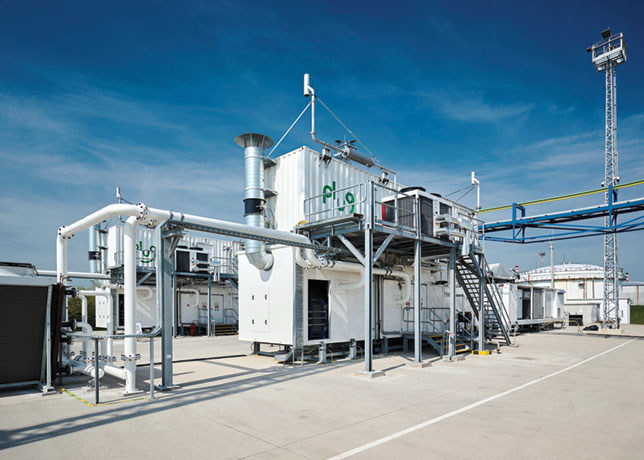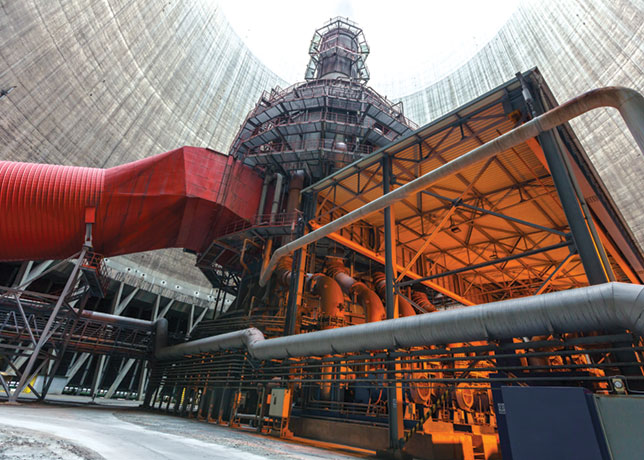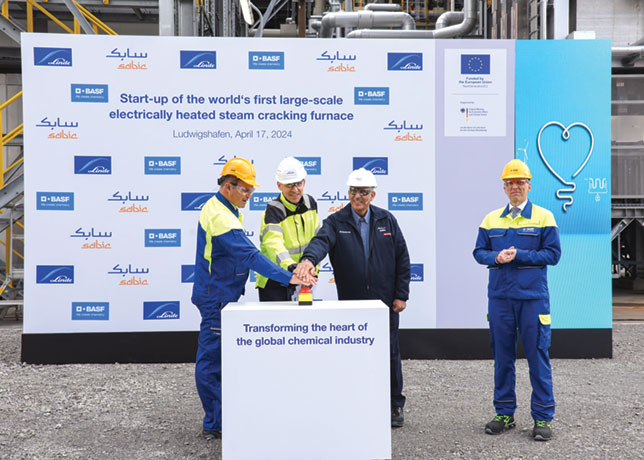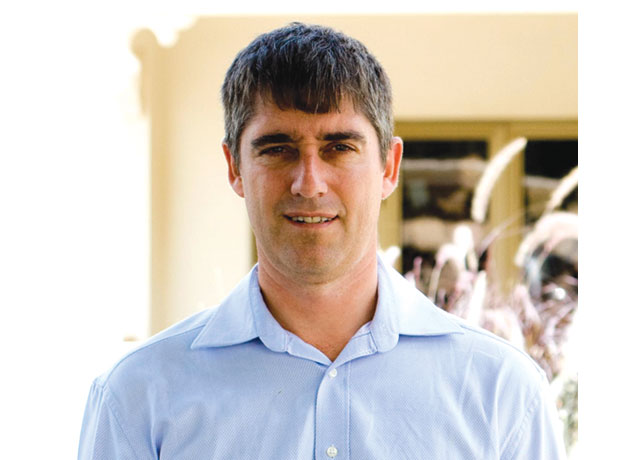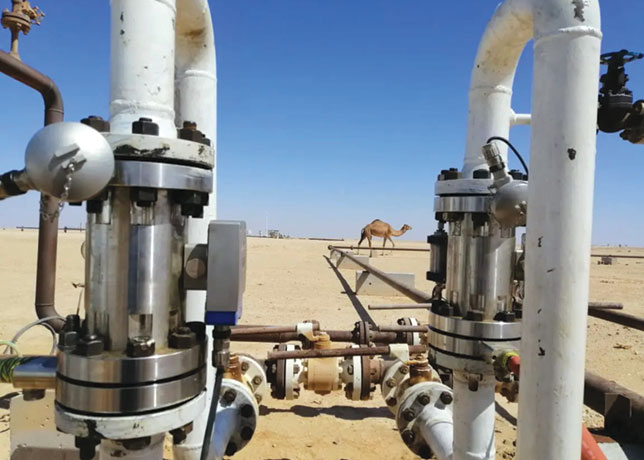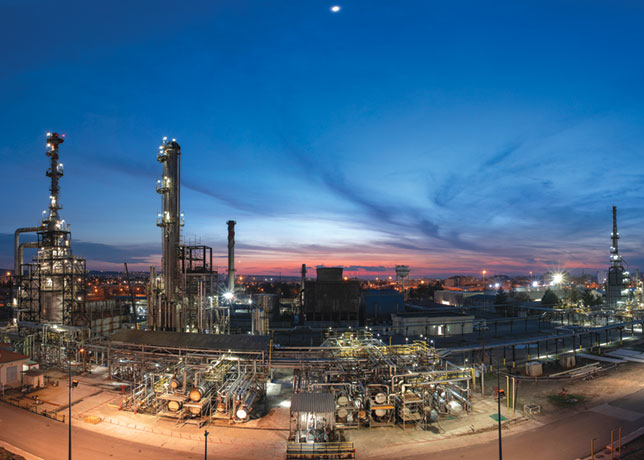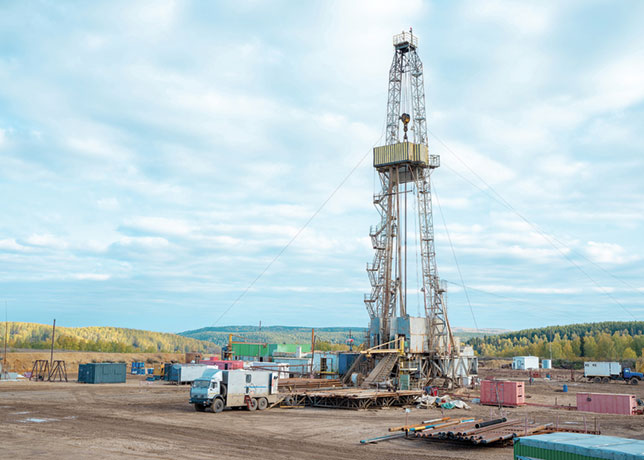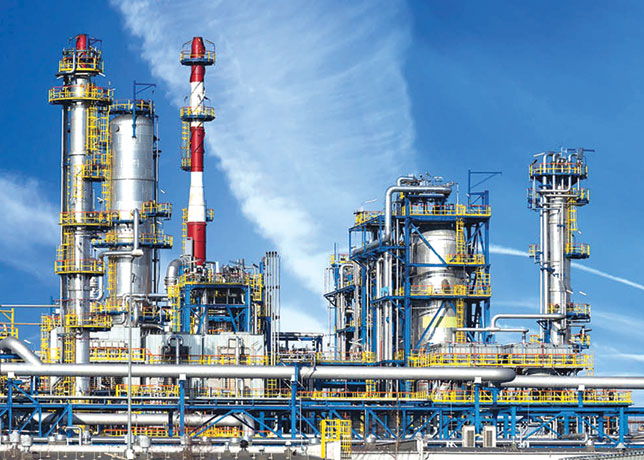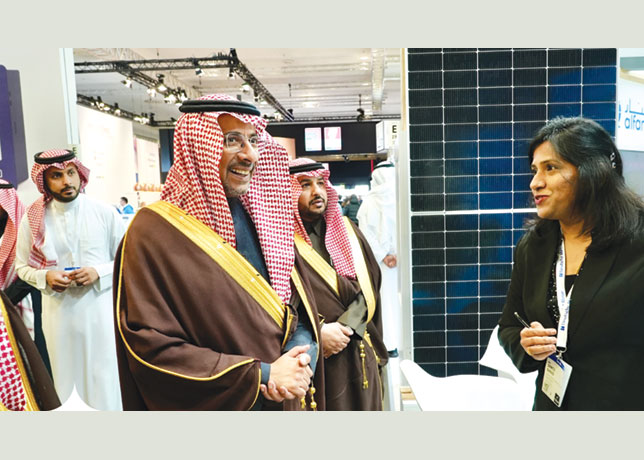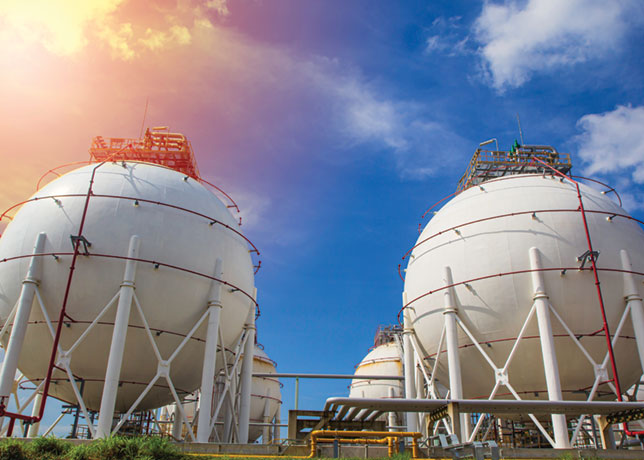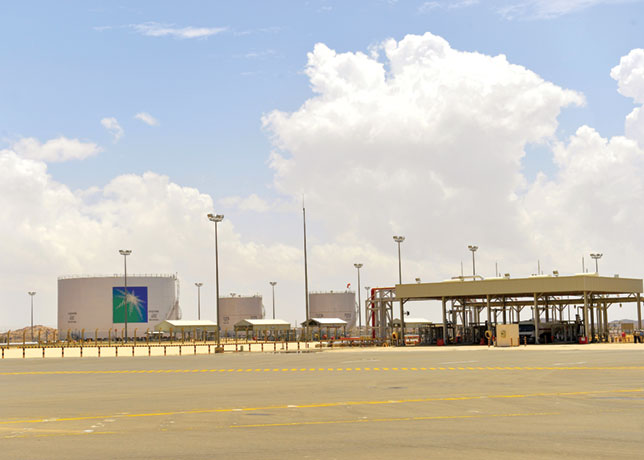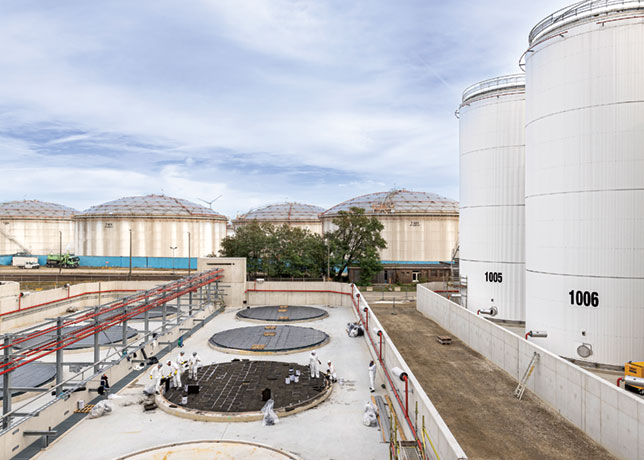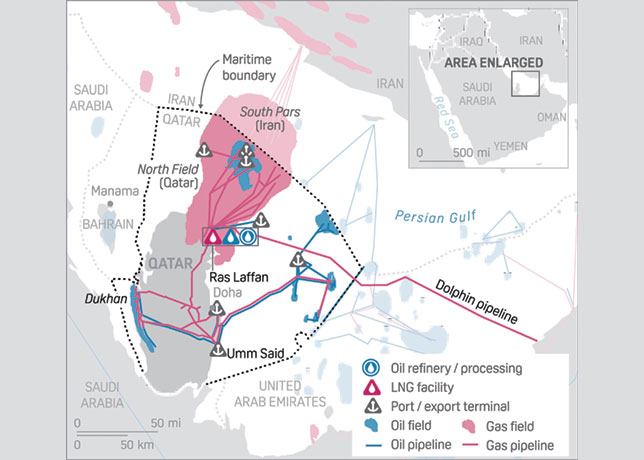
 The largest discovery of the past two years is Iran’s Shahini gas field
The largest discovery of the past two years is Iran’s Shahini gas field
Even with mounting scientific evidence highlighting the urgent need to curb GHG emissions, the majority of top oil and gas producers are still exploring for and sanctioning new projects, a new report says
The oil and gas industry remains steadfast in its plans to continue developing new fields, even while the consensus is still affirmed that no new oil and gas projects are compatible with limiting warming to 1.5 deg C, a new report by the Global Energy Monitor has said.
In 2021, the IEA issued an unequivocal signal about the future of oil and gas in its Net Zero by 2050 (NZE) roadmap, and said: 'Beyond projects already committed as of 2021, there are no new oil and gas fields approved for development in our pathway.'
The Stockholm Environment Institute (SEI) has repeatedly sounded the alarm that oil and gas production projections are completely out of line with climate goals.
Meanwhile, in a review of many modeled pathways, the International Institute for Sustainable Development (IISD) found that global oil and gas production and consumption must decrease by, at least, 65 per cent by 2050 to keep warming below 1.5 deg C, compared to 2020 levels.
Unless existing fields are shut down early, there is no room or need for any new fields to be approved, the report said.
A number of international organisations have backed the IEA’s conclusion.
But despite a clear 'warning', oil and gas promoters are actively investing in exploration and continuing to discover new oil and gas fields.
All company types – majors, national oil companies, and independents – are searching for and sanctioning new fields.
The report said fossil fuel producers are targeting oil and gas production 29 per cent and 82 per cent higher, respectively, than what is consistent with limiting warming to 1.5 deg C.
'Oil and gas producers have given all kinds of reasons for continuing to discover and develop new fields, but none of these hold water. The science is clear: No new oil and gas fields, or the planet gets pushed past what it can handle,' says Scott Zimmerman, Project Manager for the Global Oil and Gas Extraction Tracker (Goget).
NEW PROJECTS BEING SANCTIONED
It revealed that, at least, 20.3 billion barrels of oil equivalent (boe) of new oil and gas discoveries were made across 50 projects since the IAE's 2021 publication said no new developments were needed in its 1.5-degree scenario.
The report said producers sanctioned a total of 16 billion boe across 45 projects, since 2021.
At least, 20 fields were approved for development in 2023 alone, sanctioning the extraction of 8 billion boe.
In the same year, 19 new fields containing roughly 7.7 billion boe were discovered.
 |
Nearly 40 per cent discoveries were in the Americas. Sources: S&P Global Platts Analytics, EIA, IHS, EDIN, CIA, NOAA |
This is about 35 per cent lower than in 2022, when at least 12.6 billion boe from 31 discoveries were announced.
The global sanctioning and discovery in 2023 was the equivalent to all proven oil reserves in Europe.
By the end of the decade, companies are aiming to sanction nearly four times that amount (31.2 billion boe) across 64 additional fields.
Global Energy Monitor’s report said the majority of the top oil and gas producing countries anticipate increasing their production through 2030 relative to 2021, fueled in part by the discovery and sanctioning of new projects as well as expansions within existing fields.
The report revealed South America and Africa as global hotspots for new oil and gas projects, while four countries that previously had little to no production – Cyprus, Guyana, Namibia, and Zimbabwe – account for over a third (37 per cent) of the volumes producers are hoping to exploit.
Latin America discoveries in Cuba, Colombia, Guyana, and Suriname contributed to the region accounting for the highest percentage (37.3 per cent) of discoveries in 2022.
This title went to Southern Asia in 2023 due to the Shahini gas field in Iran.
Of these newly discovered reserves, oil and gas majors hold 26.7 per cent of shares.
National oil companies hold 31.1 per cent, independents hold roughly 9.8 per cent, and international national oil companies hold 13.3 per cent.
As noted by the IEA, new field developments are 'risky and complex processes,' so ownership of these projects is often split in order to 'spread the risk and reward and to encourage technical and operational collaboration.'
Companies involved in these projects are expecting some of them to start up within a year or two, but historically, according to Goget data, fields take an average of eleven years from discovery to production.
Assuming that trend holds, many of these projects would not start producing until well into the 2030s, despite that decade being when new fossil fuel production plans 'will need to be axed' and all production has to fall by 40 per cent.
LARGEST DICOVERIES
The largest discovery of the past two years is Iran’s Shahini gas field.
Little has been reported about the field, but it is supposedly the largest dry gas field ever found in Iran, potentially containing 623 billion cu m (bcm) of gas, the report said.
Shahini is closely followed by TotalEnergies’s Venus in Namibia.
Discovered in February 2022, initial estimates put the field with, at least, 3 billion barrels of recoverable oil.
'Industry excitement about the field was high as the field’s recoverable reserves were estimated to be anywhere from 1.45 billion boe to exceeding 13 billion boe,' the report said.
Pantheon Resources’ Kodiak project in Alaska, US, rounds out the top three discoveries.
The project, formerly known as Theta West, has recoverable resources of 962.5 million barrels of oil and NGL, plus an additional 4,465.2 bcf of gas, for a combined total of 1.7 billion boe.
SQUARING THE EMISSIONS CIRCLE
The Global Energy Monitor report said that emissions from the fossil fuel supply must be cut.
It added that in 2022, Scope 1 and 2 emissions from oil and gas operations were responsible for 5.1 gigatons (Gt) CO2-eq, about 15 per cent of all energy-related greenhouse gas (GHG) emissions and equivalent to all energy-related GHG emissions from the US.
But focusing on this subset of emissions can be misleading as scopes one and two don’t include about 80 per cent percent of oil and 85 per cent percent of gas’ full lifecycle emissions, the report said.
CONCLUSION
While 2022 represented a rebound year for the industry after Covid-19, 2023 discoveries and sanctioning appear to be in line with pre-Covid levels.
Despite mounting scientific evidence highlighting the urgent need to curb GHG emissions, the majority of top oil and gas producers are still exploring for and sanctioning new projects.
These findings underscore the urgent need for action to address the escalating climate crisis. It is imperative that sustainable solutions are actively advocated for.
By Abdulaziz Khattak















